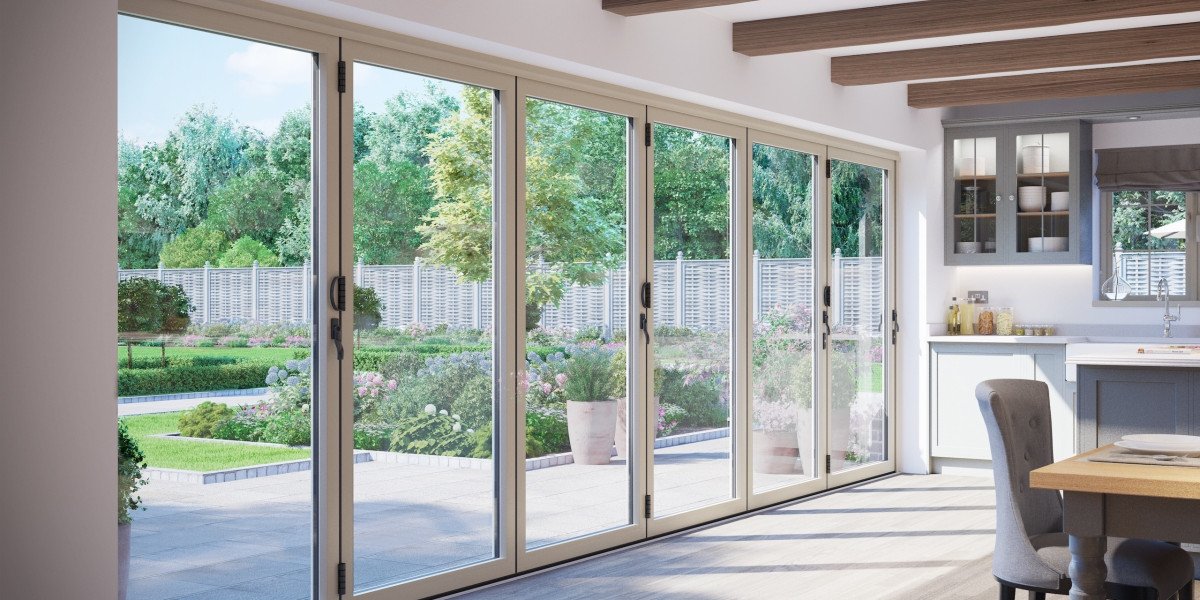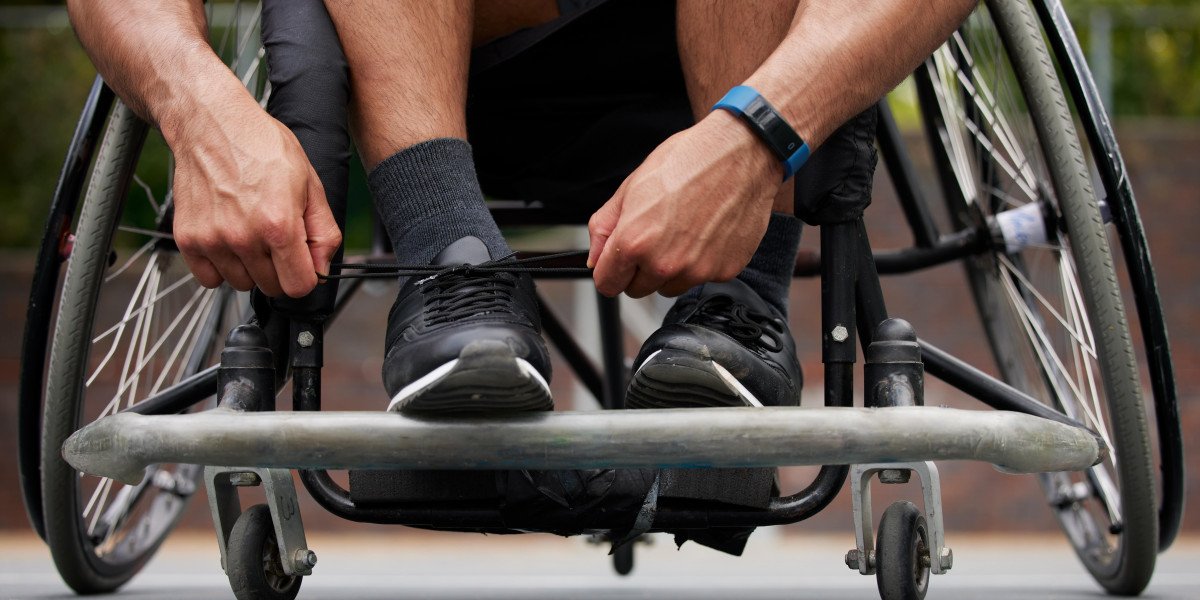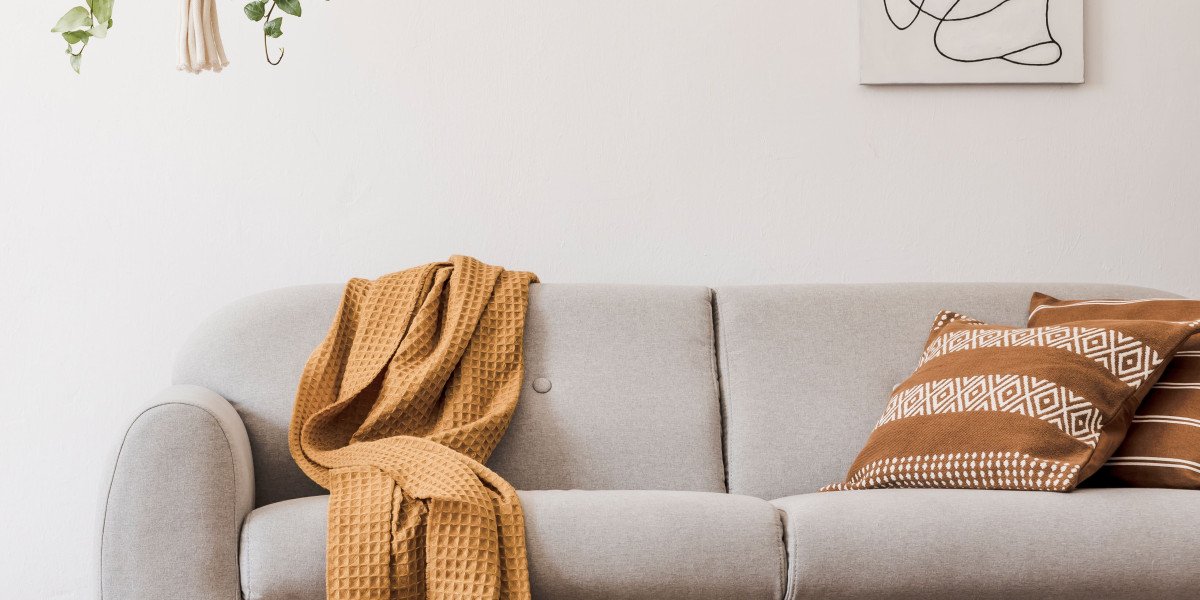
Keeping Your Bi-Fold Doors Folding: A Guide to Common Repairs
Bi-fold doors, also called folding doors, have ended up being a popular option for house owners looking for to effortlessly mix indoor and outdoor living spaces. Their ability to concertina nicely to one side provides a wide opening, maximizing natural light and creating a sense of spaciousness. From patio entryways to space dividers, bi-fold doors boost both performance and visual appeals. Nevertheless, like any moving part in a home, bi-fold doors undergo use and tear over time. Routine use and environmental factors can lead to various problems that, if left unaddressed, can jeopardize their smooth operation and durability.
Comprehending the typical issues that can emerge with bi-fold doors and knowing how to tackle basic repairs is vital for keeping their performance and charm. This article intends to offer a useful guide to typical bi-fold door repairs, empowering property owners to fix minor issues themselves and recognize when expert intervention is necessary. We will look into the normal issues, offer step-by-step DIY repair advice, and discuss preventative steps to ensure your bi-fold doors continue to operate perfectly for many years to come.
Common Bi-fold Door Problems: Identifying the Issues
Before trying any repairs, it's crucial to properly detect the problem impacting your bi-fold doors. Typical concerns can range from basic adjustments to more intricate part failures. Here are a few of the most regular problems you may experience:
- Sticking or Stiff Movement: This is perhaps the most common grievance. Doors might become hard to open or close, requiring excessive force. This is typically triggered by friction, blockage in the tracks, or a lack of lubrication.
- Misalignment: Doors might appear uneven, not closing flushly, or rubbing against the frame. Misalignment can come from loose hinges, track issues, and even foundation settling over time.
- Harmed Hinges: Hinges are critical for the folding action. They can end up being loose, bent, or even break due to continuous usage or extreme force. Damaged hinges will make the doors droop or bind.
- Damaged Rollers or Tracks: Bi-fold doors depend on rollers sliding efficiently within tracks. Rollers can use down, fracture, or become jammed. Tracks can also end up being bent, dirty, or harmed, restraining smooth movement.
- Harmed Panels or Glass: While less regular, panels or glass panes can split or break due to effect or stress. This provides a safety threat and requires instant attention.
- Drafts or Leaks: Gaps around the doors, especially when closed, can cause drafts, water leakages, or increased energy costs. This might be due to harmed weather removing, misalignment, or warping.
DIY Bi-fold Door Repairs: Taking Matters into Your Own Hands
Many typical bi-fold bifold door tune-up issues can be attended to with basic DIY abilities and a couple of readily available tools. Nevertheless, it's essential to focus on security and take a detailed approach. If you are uneasy with any of these treatments, or if the problem appears complex, it's constantly best to speak with a professional.
Here are some DIY repair methods for common concerns:
1. Addressing Sticking or Stiff Movement:
This is frequently the easiest issue to deal with.
Cleaning up the Tracks:
- Carefully examine the top and bottom tracks for any particles, dirt, or blockages.
- Use a vacuum with a crevice tool or a stiff brush to thoroughly clear out the tracks.
- For stubborn dirt, utilize a damp fabric and mild cleaning agent. Ensure the tracks are completely dry afterwards.
Lubing Rollers and Tracks:
- Apply a silicone-based lube spray to the rollers and along the tracks. Silicone lubricant is preferred as it does not draw in dust and gunk like oil-based lubricants.
- Open and close the doors several times to disperse the lubricant evenly.
- Wipe away any excess lubricant with a clean fabric.
2. Rectifying Minor Misalignment:
Slight misalignment can typically be remedied with hinge or roller adjustments.
Adjusting Hinges:
- Locate the adjustment screws on the hinges. These are normally little screws on the hinge plates.
- Utilizing a screwdriver, thoroughly loosen up the screws a little.
- Gently change the door panel to straighten it. You might require to open and close the doors a couple of times to check the positioning.
- When aligned, tighten up the screws safely, however avoid over-tightening.
Changing Rollers (if applicable):
- Some bi-fold door systems have adjustable rollers. Locate the change system (frequently a screw or nut on the roller assembly).
- Utilizing the suitable tool, adjust the roller height slightly to raise or lower the door panel as needed.
- Evaluate the door motion and make additional adjustments until the door operates efficiently and is properly aligned.
3. Hinge Replacement:
Replacing a harmed hinge is a reasonably tough DIY job.
Collecting Tools and Materials:
- New hinge of the appropriate type and size.
- Screwdriver (matching the screw type on your hinges).
- Pencil.
- Possibly a drill and pilot drill bit if new screw holes are required.
Step-by-Step Hinge Replacement:
- Carefully get rid of the screws securing the old hinge to both the door panel and the frame.
- Get rid of the old hinge.
- Position the brand-new hinge in the same place as the old one.
- Align the screw holes of the new hinge with the existing holes.
- If the screw holes align, insert and tighten the screws to secure the brand-new hinge.
- If the screw holes do not line up, use a pencil to mark the new screw hole areas through the hinge holes.
- Get rid of the hinge and pre-drill pilot holes at the significant locations using a drill and pilot drill bit (somewhat smaller sized than the screw diameter).
- Re-attach the new hinge and secure it with screws.
- Evaluate the door movement to make sure the new hinge functions properly.
4. Addressing Minor Roller or Track Issues:
Cleaning and lubrication can often resolve minor roller and track problems. If rollers are noticeably harmed, replacement might be necessary.
- (As explained in Section 1) Clean and lubricate the tracks and rollers first.
- Roller Replacement (if essential):
- Identify the kind of rollers your doors use. You might require to remove a roller to take it to a hardware store for matching.
- Depending on the door system, you might require to partially dismantle the bifold door repairman to gain access to and get rid of the old roller.
- Install the new roller in the reverse order of elimination.
- Make sure the roller is firmly in location and moves freely in the track.
When to Call a Professional: Recognizing Limitations
While DIY repairs can be effective for numerous problems, particular problems require the proficiency and tools of a professional door repair service. It's prudent to seek expert aid in the following scenarios:
- Complex Misalignment Issues: If adjustments to hinges and rollers do not fix significant misalignment, it might indicate a structural problem or a more complex problem that requires professional medical diagnosis and correction.
- Broken Glass Replacement: Replacing damaged glass panes in bi-fold doors is a safety-sensitive task that needs to be handled by experts. They have the know-how and tools to safely get rid of damaged glass and install new panes, guaranteeing proper sealing and safety compliance.
- Structural Damage to the Frame: If you notice cracks, warping, or other structural damage to the door frame, this is a severe issue that requires expert assessment and Repair My Windows And Doors (mouse click the next article). Attempting DIY repairs on structural parts can be dangerous and jeopardize the stability of the door system.
- Problems with the Locking Mechanism: Problems with the locking system, such as a jammed lock or a lock that doesn't engage appropriately, can jeopardize security. Expert locksmiths or residential bifold door repairs repair specialists can diagnose and repair complicated locking system issues.
- Uncertainty or Discomfort: If you are uncomfortable carrying out any of the DIY repairs described above, or if you are uncertain about the nature of the problem, it's always best to err on the side of caution and call a professional.
Preventative Maintenance: Extending the Life of Your Bi-Fold Doors
Proactive maintenance is key to minimizing repairs and ensuring the long life-span of your bi-fold doors. Implementing a regular maintenance routine can save you time and money in the long run.
Here are some vital preventative maintenance tips:
- Regular Cleaning: Clean the tracks and rollers at least a few times a year, or more often in dirty or exposed environments. This avoids debris buildup that can cause sticking and wear.
- Lubrication: Lubricate the rollers and tracks every year with a silicone-based lube. This keeps the doors moving efficiently and lowers friction.
- Inspect Hinges and Screws: Regularly examine hinges for looseness and tighten up any screws that have actually ended up being loose. This avoids misalignment and hinge damage.
- Examine Weather Stripping: Inspect weather removing for damage or deterioration and replace it as required to maintain weather condition tightness and energy effectiveness.
- Gentle Operation: Avoid slamming the doors or forcing them open or closed. Mild operation lowers stress on hinges, rollers, and other components, lengthening their lifespan.
Bi-fold doors provide a lovely and functional addition to any home, bringing the outdoors in and developing versatile living areas. Comprehending typical repair needs and executing basic upkeep practices are vital for ensuring their continued smooth operation and durability. By following the DIY repair guidance described in this article and recognizing when professional help is needed, you can keep your bi-fold doors folding easily and boost your home for years to come. Remember, routine care and timely attention to minor problems can prevent more costly and intricate repairs down the line, protecting the beauty and performance of your investment.
Frequently Asked Questions (FAQs) About Bi-Fold Door Repairs
Q1: How frequently should bi-fold doors be serviced?
A: A basic service, including cleaning and lubrication, need to be performed at least every year. In dusty or high-use environments, more frequent maintenance might be advantageous.
Q2: What tools are needed for fundamental bi-fold door repairs?
A: For a lot of basic repairs, you will need:
- Screwdrivers (numerous types, including Phillips and flathead)
- Vacuum cleaner with crevice tool
- Stiff brush
- Silicone-based lubricant spray
- Perhaps a moist cloth and moderate cleaning agent
- Possibly a drill and pilot drill bits for hinge replacement
Q3: Can I replace bi-fold door hinges myself?
A: Yes, replacing hinges is a DIY task for those comfortable with fundamental home repairs. Follow the step-by-step guidelines laid out in this post, guaranteeing you use the proper type and size of hinge.
Q4: How can I stop my bi-fold doors from sticking?
A: The most typical reasons for sticking doors are unclean tracks and absence of lubrication. Regularly cleaning the tracks and rollers and using silicone lubricant will generally fix this issue.
Q5: How much does it cost to repair bi-fold doors professionally?
A: The cost of expert bi-fold door repairs varies depending upon the intricacy of the issue, the parts required, and the labor rates in your location. Basic repairs like track cleaning or roller replacement might cost in between ₤ 50-₤ 150, while more complicated repairs like hinge replacement, glass replacement, or structural concerns can range from ₤ 200-₤ 500 or more. It's constantly best to get a quote from a competent door repair bifold closet doors service for a precise price quote.








